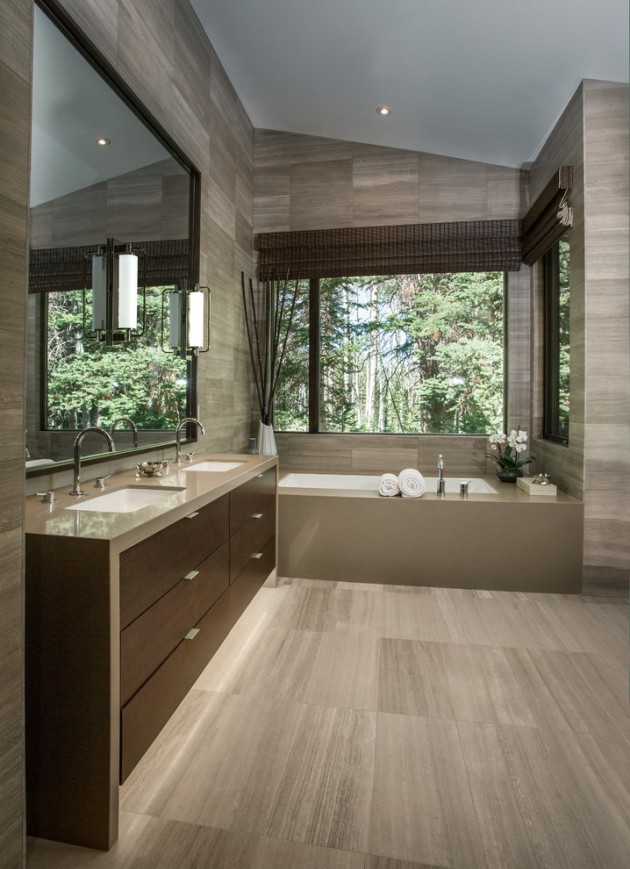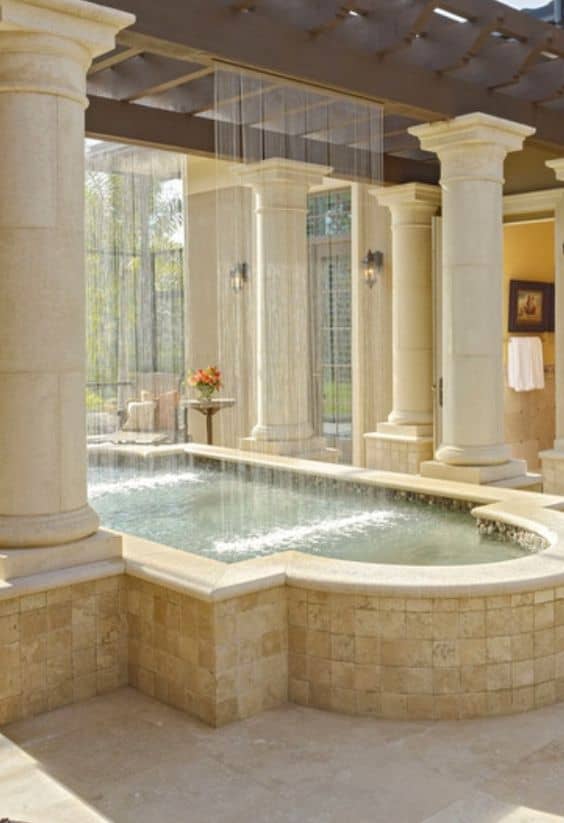Table of Content
For our reasonably priced build, we selected Seagate IronWolf. It's always recommended to pair up hard drives in a RAID configuration, just in case something goes wrong, causing your drive to fail — you don't want to lose everything stored on the NAS. Factoring this into account, two 2TB drives in a RAID configuration would offer 2TB of capacity. The most popular option for user-built NAS systems isFreeNAS. It’s a free, open-source project that is fairly easy to use and provides the features most users need. Though many Linux operating systems can run similar software, FreeNAS has become the top choice because it’s built for NAS specifically and doesn't include any unneeded features.

And getting 110MB/sec read and 110MB/s read speeds is plenty for me to deal with ProRes 422 HQ in daVinci Resolve. The RAID configuration would not extend to the expansion storage so the unit will end up just to be a pricey way of just make more room. One of the most underestimated business resources that catches out most small and medium businesses is storage. Everything from its storage, and availability, to management and security, needs careful consideration. Ryan loves eating blueberry cheesecake and watching movies at the same time. When not rewatching the John Wick trilogy for the 11th time, he spends his hours doing research, writing and data analysis.
Why build a NAS server? 🔗︎
Check out How-To Geek’s excellent tutorialif you’re interested in giving it a try. When you use DrivePool on your computer, your virtual drive functions exactly as if it were any other drive. You can also transfer data from the original locations to the virtual drive using DrivePool. In other words, even if a drive contains files that could harm other drives, the drive will not harm other drives. During RAID systems with redundant drives, the entire drive is copied over.
Or maybe, you’re going down the hybrid approach and need a bit of reassurance. More RAM is always better, and you don’t need to buy the HP RAM, so stick at least 8 GiB in there. ECC RAM if you can, it’s usually as expensive as normal RAM, but normal will do. That way, it won’t go out of date and you don’t have to find exactly the same hardware.
Configure storage
If you think about it, the specific case that you choose actually determines how many hard disk drives you can use for a NAS server. The sizes of the hard disk drives that can fit it should also be taken into consideration. There is no reason for you to buy lots of hard disk drives if it can’t fit in the design on the NAS server casing. It’s designed specifically with NAS in mind, supporting ITX motherboards and having more than enough bays for all your NAS hard drives. As Windows became easier to use with network attached devices, and hardware prices fell, this term started to be used in the consumer market.
He also takes great care of his privacy & presence on the web. For cooling, Fractal Design includes three 120mm fans, but it's possible to add other cooling solutions, including an all-in-one water cooler for the CPU. Our expert reviewers spend hours testing and comparing products and services so you can choose the best for you. To help keep the lights on, we may earn a commission for purchases using links to buy recommended products. It’s ideal for running an OS on, including popular NAS solutions. It’s one of the best SSD for NAS, largely down to the excellent value and rapid transfer speeds for data.
CPU
That would be a pain, but it’s not worth giving up 20% of my server’s usable storage for raidz2. TrueNAS uses ZFS, a filesystem designed specifically for storage servers. Traditional filesystems like NTFS or ext4 run on top of a data volume that manages low-level disk I/O. ZFS manages everything in the stack from the file-level logic down to disk I/O. ZFS’ comprehensive control gives it more power and performance than other filesystems. A network-attached storage is a type of dedicated file storage that allows multiple users and heterogeneous client devices to access data from a centralized storage device.

I also wish I would have thought more about the video outputs on my motherboard. This wasn’t a big deal, just something I didn’t think about until I was actually in the process of building my DIY NAS. Somewhat more complex than Amahi, FreeNASis perhaps the best known NAS OS available, and has been running since 2005. There’s also a gallery of plugins available, including bittorrent, plexmediaserver and CrashPlan and ownbackup for creating additional online backups of your stored files.
An operating system
I have some data that I want to keep encrypted, but I don’t need to access it very often, so being able to back it up regularly without decrypting it would be handy. I see people talking about snapshotting, but I haven’t found a need for it. I already have snapshots in my restic backup solution.
For ease and reliability, we offer affordable official USB-C and micro USB power supplies in a variety of regional formats. If you plan to use your own power supply, you’ll see a lightning bolt in the top right corner of your screen if it’s not supplying enough power to the computer. The faster your Raspberry Pi, the faster your data will save to your external storage.
What’s even better is that these inexpensive components can be brought together to create a NAS system which, if it was shop-bought, could easily set you back thousands of dollars. Of course, you can choose to use more expensive parts for a more streamlined and efficient build but, crucially, that’s entirely up to you. If you want to share data between your network and your home computer, you may not need a NAS.
A basic 5,400 RPM mechanical drive with a ton of storage space is all you need. Everyone has their brand preference – I’ve had good luck with Seagate drives – but any major brand name should do nicely. Powerful hardware is not needed for network storage and increase a system’s heat and power generation. Now is a great time to press an old dual-core back into service.
Why buy a new device when you can repurpose some old hardware you have lying around? To make easier for you, I documented my build so you don’t have to spend time on matching processor sockets with motherboards, cases, PSU wattage, etc. However, the better option is to tie multiple disks into a RAID device for added fault tolerance. While it defaults to RAID 5, OMV supports all the popular RAID levels. Pay attention at the partitioning step, which isn’t as involved as it is in a typical Linux distro installation because OMV is designed to take over the entire disk. However, since you have multiple disks connected to the NAS box, make sure you select the right installation target during this step.
Sourcing the parts, getting them delivered, putting aside time for construction, installing and familiarizing yourself with an OS… will all take a while. So if you’re looking for a quick fix, you may be better off taking a different approach. An NAS system is a storage device that is connected to a network and is used to store and retrieve data from a central location for both authorized network users and heterogeneous clients. My scores for various products are listed here in no particular order, just with some minor comments. These are only my observations of products I may or may not have used; they are not comprehensive or conclusive, and they should not be taken as official endorsements. No absolute performance will be recorded here because the price and release date of the unit are taken into account.
How to build a winter emergency kit (and why you should)
For this reason, we recommend using a Raspberry Pi 4 8GB, but any member of the Raspberry Pi 4 range should do the trick. Overall, I’m enjoying my new NAS, and I learned a lot from this build. If this had been my first experience with a NAS, I’d be miserable and confused, but starting with my Synology gave me a gentle introduction to the technologies involved.
For support with official Raspberry Pi products, please visit the Raspberry Pi Forums. Your username and password will be the ones you created in Raspberry Pi Imager. Connect your microSD card to your computer using an SD card adapter.

No comments:
Post a Comment